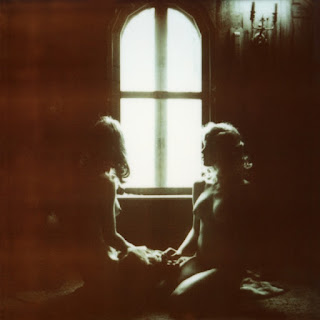The artist I chose to look into further for this blog is Kurt Kauper. Kauper was born in Indianapolis in 1966, and now lives and works in New York. He works with oil paint on a variety of surfaces, most commonly linen and panel, and his works tend to be in photorealism. He is known for painting incredible, larger than life figures ranging from famous actors and women in gowns to young men in sports uniforms. While his work is all incredibly beautiful and vibrant in color, there is always some aspect of the each piece that is “off” in some way. He generally works on a larger scale, and the size, mixed with bright colors and virtual perfection in the rendering, gives an initial jolt to the viewer upon the reveal.
What is most interesting about his work, however, is what happens after that initial shock. There is a certain quality about his work that forces you to stop and take the time to keep looking. You’re instantly drawn in by the peculiarity, unable to pinpoint straight away what is so off about the work. Whether it be the fact that Michelle Obama is standing in the middle of a parking lot, or that a nicely kept man is lying almost corpse-like on the ground, there is always one aspect of the piece that should not be. One thing I found particularly funny in our discussion in class as well is the controversy over the hands in his paintings, specifically those of the series of regal women in gowns. They are all such beautiful, powerful women, but when you look closely they really do seem to have particularly masculine hands. This is something I probably would never have noticed outright, but once it was pointed out, I couldn’t un-see it. And honestly I think it adds interest to the work. Just like in his other paintings, it acts as an aspect that makes the end result just slightly not right.
As is very apparent from my last posts, I have a sort of obsession with photorealism and a great admiration for artists that are able to achieve that level of mastery. But from my previous posts to now I have also noticed another theme in the work that stands out to me. All three of the photorealistic painters I chose to look into follow the same general idea: use photorealism to draw the viewer in and get their unique idea across. I think that that is what I need to find for myself in my work. The technical aspect is very important, but once that is mastered it is equally as important to use that technique to get your voice across. 












































